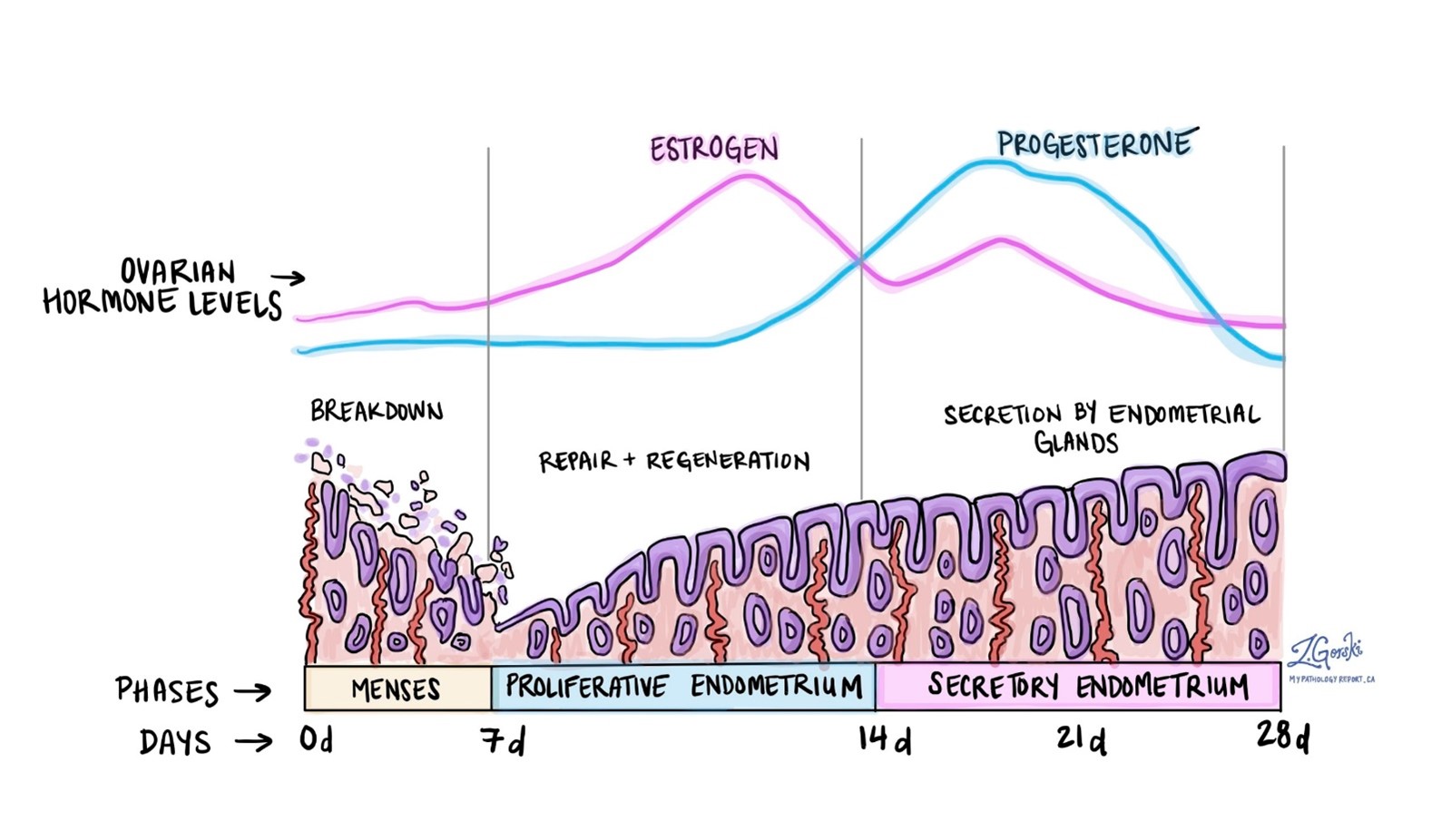While obtaining a health history from a male adolescent during a well check-up, the nurse assesses his sexual behavior and risk for sexually transmitted infections. Based on the information, the nurse plans to teach the adolescent about using a condom. What statement would the nurse include in the teaching plan?
"Store your condoms in your wallet so they are ready for use."
"Use petroleum jelly with a latex condom for extra lubrication."
"Put the condom on before engaging in any genital contact."
"You can reuse a condom if it's within 3 hours."
The Correct Answer is C
Choice A: "Store your condoms in your wallet so they are ready for use." This statement is not correct and should not be included in the teaching plan. Storing condoms in a wallet can damage them by exposing them to heat, friction, or puncture. Damaged condoms can break or leak during sexual activity and increase the risk of STIs or pregnancy.
Choice B: "Use petroleum jelly with a latex condom for extra lubrication." This statement is not correct and should not be included in the teaching plan. Using petroleum jelly or any oil-based lubricant with a latex condom can weaken the latex material and cause it to break or slip off. Only water-based or silicone-based lubricants should be used with latex condoms.
Choice C: "Put the condom on before engaging in any genital contact." This statement is correct and should be included in the teaching plan. Putting the condom on before engaging in any genital contact can prevent the transmission of STIs or pregnancy by avoiding contact with pre-ejaculate fluid, semen, or vaginal fluid.
Choice D: "You can reuse a condom if it's within 3 hours." This statement is not correct and should not be included in the teaching plan. Reusing a condom can increase the risk of STIs or pregnancy by exposing the partner to residual fluid, bacteria, or sperm. A new condom should be used for each sexual act.
Nursing Test Bank
Naxlex Comprehensive Predictor Exams
Related Questions
Correct Answer is D
Explanation
Choice A: Sporadic vaginal bleeding accompanied by chronic pelvic pain is not the correct answer because it is not a symptom of cystocele or rectocele. This symptom may indicate other conditions such as endometriosis, fibroids, or cervical cancer.
Choice B: Menstrual irregularities and hirsutism on the chin are not the correct answers because they are not symptoms of cystocele or rectocele. These symptoms may indicate other conditions such as polycystic ovary syndrome (PCOS), thyroid disorder, or menopause.
Choice C: Heavy leukorrhea with vulvar pruritus is not the correct answer because it is not a symptom of cystocele or rectocele. This symptom may indicate other conditions such as bacterial vaginosis, yeast infection, or sexually transmitted infection (STI).
Choice D: Stress incontinence with a feeling of low abdominal pressure is the correct answer because it is a symptom of cystocele or rectocele. Stress incontinence is a condition that causes leakage of urine when there is increased pressure on the bladder, such as during coughing, sneezing, laughing, or lifting. Cystocele or rectocele can cause stress incontinence by weakening the pelvic floor muscles and connective tissue that supports the bladder and urethra. The feeling of low abdominal pressure is also a symptom of cystocele or rectocele, as it indicates that the bladder or rectum is protruding into the vagina.
Correct Answer is D
Explanation
Choice A: Menstrual is not the correct answer because it is the phase when estrogen levels are lowest. The menstrual phase occurs when the endometrium (the lining of the uterus) is shed along with blood and mucus through the vagina.
Choice B: Ischemic is not the correct answer because it is the phase when estrogen levels are decreasing. The ischemic phase occurs when the blood supply to the endometrium is reduced due to vasoconstriction (narrowing of blood vessels). This phase prepares the endometrium for shedding if fertilization does not occur.
Choice C: Secretory is not the correct answer because it is the phase when progesterone levels are highest. The secretory phase occurs when the endometrium becomes thick and spongy due to increased secretion of mucus and glycogen (a form of sugar). This phase provides a suitable environment for implantation if fertilization occurs.
Choice D: Proliferative is the correct answer because it is the phase when estrogen levels are highest. The proliferative phase occurs when the endometrium regenerates and grows due to increased stimulation by estrogen. This phase prepares the endometrium for implantation if fertilization occurs.

Whether you are a student looking to ace your exams or a practicing nurse seeking to enhance your expertise , our nursing education contents will empower you with the confidence and competence to make a difference in the lives of patients and become a respected leader in the healthcare field.
Visit Naxlex, invest in your future and unlock endless possibilities with our unparalleled nursing education contents today
Report Wrong Answer on the Current Question
Do you disagree with the answer? If yes, what is your expected answer? Explain.
Kindly be descriptive with the issue you are facing.
